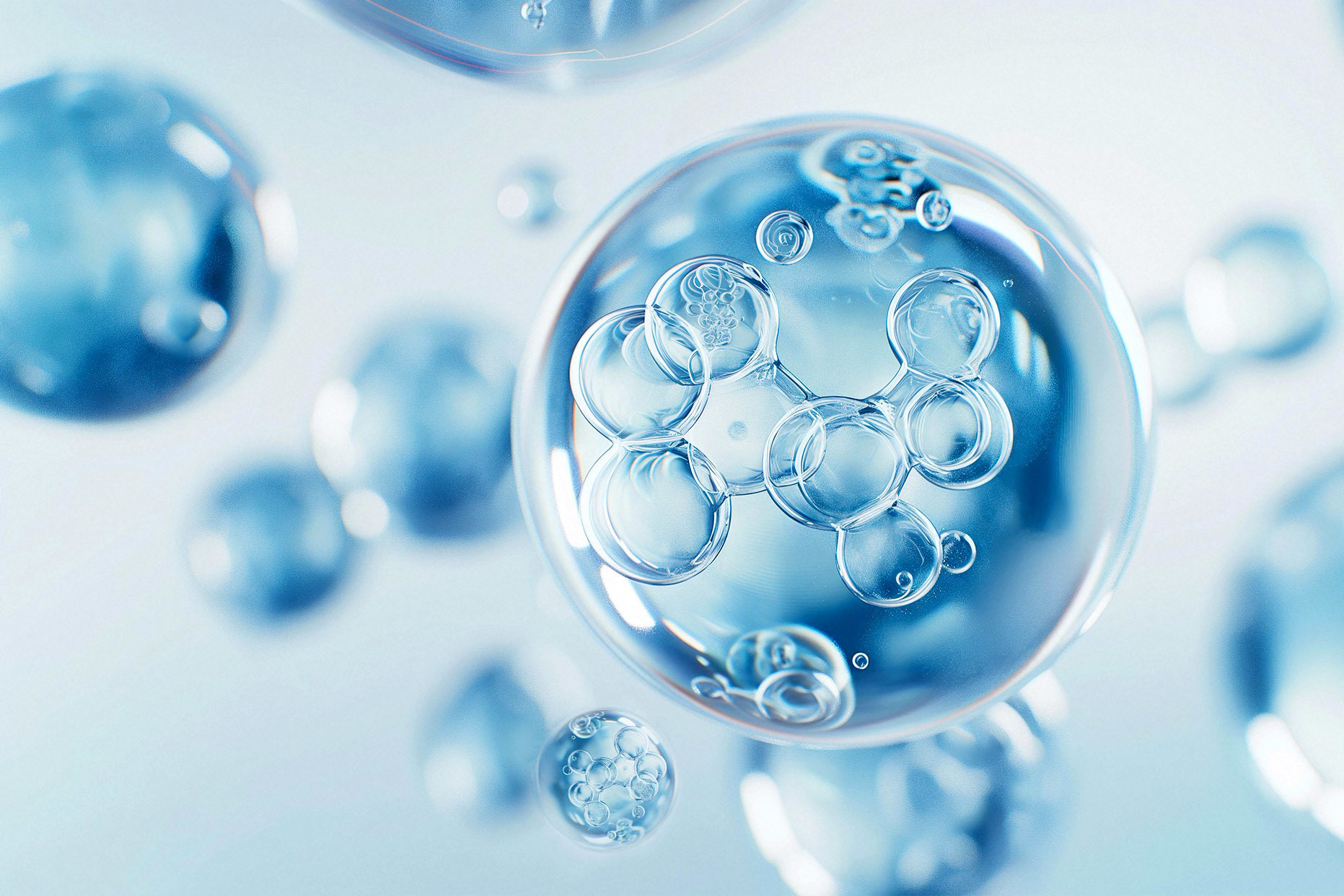The Colorful Chemistry of Phenolphthalein: Unveiling Its Working Principle
Jul 20,2025
Understanding Phenolphthalein
Ah, Phenolphthalein! This classic compound is a staple in the world of chemistry, often found gracing the shelves of laboratories. So, what’s all the fuss about? This organic compound, known for its vibrant color change properties, serves as a pH indicator, helping chemists determine acidity or alkalinity in various solutions. Let’s dive into its working principle and see why it’s such a big deal!
What Is Phenolphthalein?
First off, let me clarify: Phenolphthalein is a weak acid that’s colorless in acidic solutions but transforms into a brilliant pink in alkaline settings. Talk about a showstopper! Its chemical structure allows it to undergo a shift in equilibrium, making it an incredible tool for titrations. But hold your horses; the science behind this is as fascinating as the colors it displays!
The Working Principle of Phenolphthalein
So, how does this colorful transformation occur? Picture it: when you add Phenolphthalein to a solution, it exists mostly in its protonated form at low pH levels (acidic conditions). In this state, it remains colorless. However, as you crank up that pH—say above 8.2—the protonation starts to fade. This is where the magic happens: the molecule shifts to its deprotonated form, and voilà! A stunning pink hue emerges.
From Colorless to Colorful
Now, here's the kicker: this color change isn’t just for show. It plays a critical role in titrations, where chemists measure the concentration of an unknown acid or base by adding a titrant until the solution reaches a neutral pH. When the Phenolphthalein turns pink, it signals that the endpoint has been reached. Talk about a helpful buddy in the lab!
Applications of Phenolphthalein
Beyond the laboratory, Phenolphthalein has a variety of applications. It's frequently used in the production of dyes, pharmaceuticals, and even in some household products. You might stumble upon it in over-the-counter laxatives, where it acts as a stimulant for the digestive system. Yep, it wears many hats!
A Cautionary Tale
But hold on a second—while Phenolphthalein is immensely useful, it’s essential to handle it with care. In the past, it was considered safe, but more recent studies have raised eyebrows regarding its safety profile, especially concerning its potential carcinogenic effects. As with many things in life, moderation and caution are key.
Why Is Phenolphthalein Important?
So, why should you care about Phenolphthalein? Well, it’s not just a pretty face in the lab. This compound is integral to the world of science and industry. Its ability to indicate pH levels accurately makes it a cornerstone in analytical chemistry. And who knows? The next time you’re enjoying a fizzy soda, you might just be sipping on something that was tested using this colorful wonder.
The Final Word
In conclusion, Phenolphthalein is a remarkable compound that showcases the beauty of chemistry. Its ability to change color at different pH levels not only helps in laboratory settings but also finds its way into various applications across different industries. So next time you encounter that vibrant pink color, remember the fascinating science behind it. Chemistry is full of surprises, and Phenolphthalein is just one of the colorful characters in this grand narrative!







